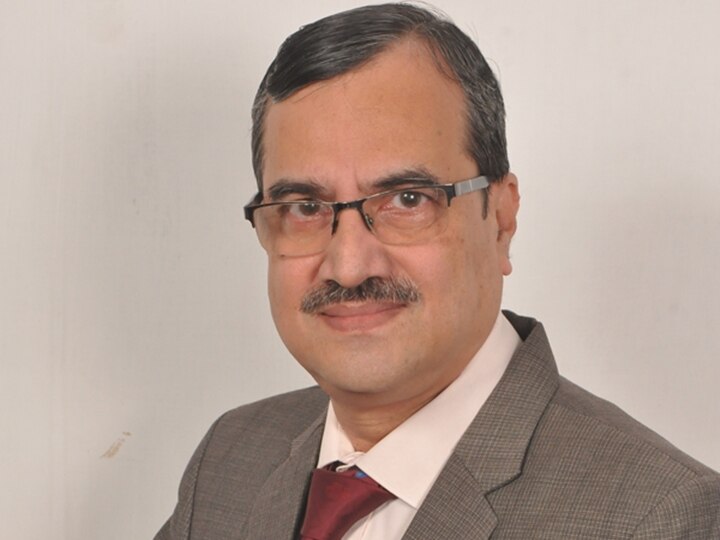Dr. Manoj Chandra Mathur
Glaucoma is by far the second leading cause of blindness globally and one of the most treatable eye conditions. It is commonly known as the ‘silent thief of sight’ as it shows no initial symptoms. Over time, people with glaucoma gradually lose vision, starting with their peripheral vision.
Increased pressure inside the eye, also known as intraocular pressure or reduced blood supply to the optic nerve head, leads to glaucoma which can cause irreversible vision loss and sometimes complete blindness if treated properly. is not done. There are different types of glaucoma, but the most common is open angle glaucoma. According to a 2010 study, the estimated prevalence of open angle glaucoma cases in India is reported to be 11.9 million.
It is the most common form of glaucoma in which the drainage channels of the eye become clogged over time, leading to an increase in the internal pressure of the eye and subsequent damage to the optic nerve. This is especially dangerous because glaucoma often causes no symptoms in the early stages. The nature of the condition delays early medical intervention and care.

Open angle glaucoma accounts for 90 percent of glaucoma cases. It occurs when the pressure inside the eye increases abnormally and damages the optic nerve. Another type of glaucoma is called angle closure glaucoma (ACG). Although it is somewhat less common, the symptoms are more intense.
There are not many warning signs that can tell whether a person is developing glaucoma. The condition can progress for a long time without vision loss. By the time the patient experiences loss of vision, glaucoma has reached an advanced stage. Staying active and maintaining eye health by following an ophthalmologist’s instructions can prevent it from causing vision loss or blindness.
Many eye-related problems do not show obvious symptoms or signs, and early diagnosis is the only way to detect and treat such conditions and maintain eye health. Knowing a family’s eye health history is a great way to stay alert, as diseases such as glaucoma and macular degeneration can be hereditary.
While someone has a 2.3 percent lifetime risk of developing glaucoma, first degree relatives (FDRs) of a glaucoma patient have a tenfold increased risk of developing the condition. So FDR should be more proactive about glaucoma. Testing facilities such as examination of the optic nerve can prevent complete blindness.
People over the age of 60 have a higher risk of developing glaucoma. In addition, medical conditions such as diabetes, high blood pressure, thyroid disorders, long-term use of steroids in all forms and heart disease are all conditions that put a person at an increased risk of glaucoma. Regular eye exams are essential for all open-angle glaucoma patients, and they should have their eyes checked frequently, or at least every three months, as prescribed by a doctor.
After a diagnosis of open-angle glaucoma or glaucoma, as it is called in Hindi, treatment focuses on reducing eye pressure using eye drops. Once a diagnosis of glaucoma has been made, an ophthalmologist prescribes the most appropriate eye drops. Medicines other than eye drops may also be prescribed after considering other medical conditions in the patient. If these treatments fail to show the desired results, alternatives such as lasers, surgical procedures, and filtration devices are recommended. These treatments can significantly improve the quality of life of patients with glaucoma.
A healthy lifestyle consisting of nutrient-rich foods, moderate exercise is very important to maintain overall health. One must ensure that they get all the essential vitamins and minerals which are primary sources of carotenoids, all of which have benefits on vision health. Sleeping with the head raised to 20 degrees also helps in reducing the intraocular pressure. Apart from these, one should not miss the dosage of prescribed eye drops or oral medicines and visit the treating doctor regularly for eye check-up.
Due to lack of awareness, glaucoma is largely undiagnosed, resulting in delays in medical intervention. There are also concerns about treatment compliance and lack of follow-up counseling. Going forward, there is a need to implement effective and accessible methods for screening, diagnosis, monitoring and management of glaucoma, so as to reduce the overall burden of the disease.
(Author Senior Consultant, Glaucoma/Comprehensive Ophthalmology, Swarup Eye Centre, Medivision; Brij Netralaya: Eye Clinic)
See below health equipment-
Calculate your body mass index (BMI)